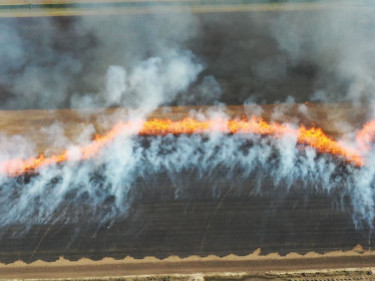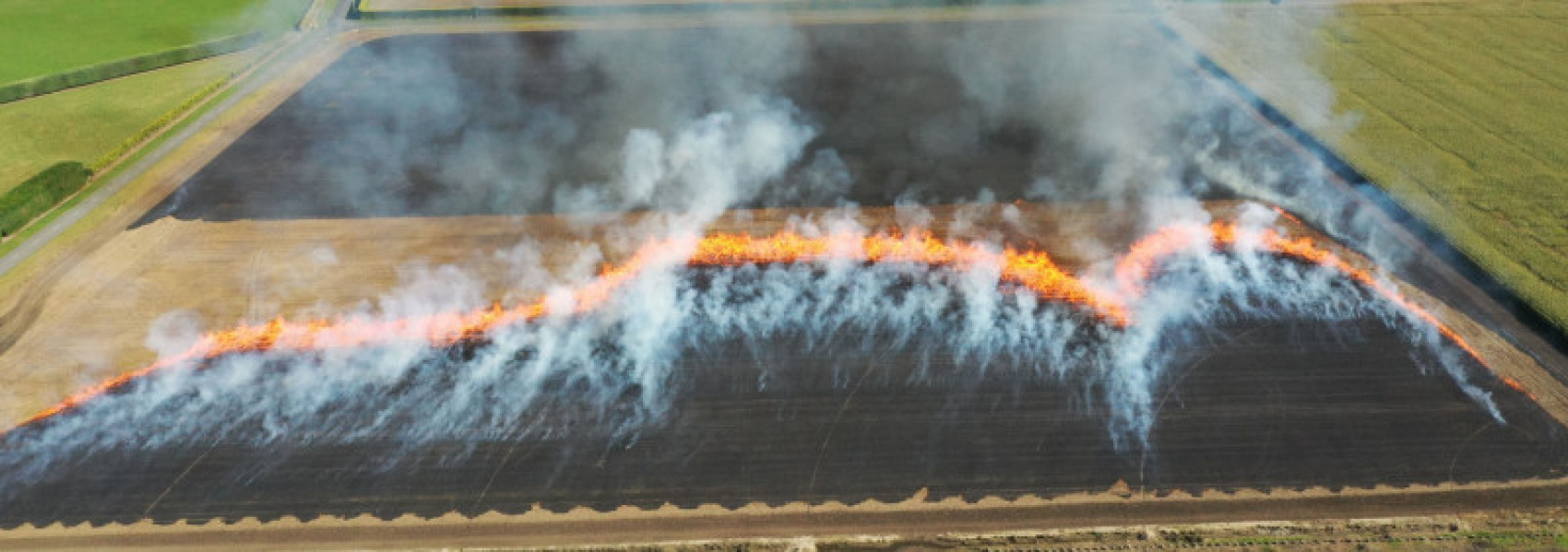A firebreak is defined in section 6 of the Act as “a natural or an artificial physical barrier against the spread of fire from or into any area of continuous flammable material.”
As a risk reduction tool, a firebreak can provide a window of opportunity for suppression and evacuation. It also provides time for Fire and Emergency to deploy its resources to stop/reduce the speed and spread of wildfire and to undertake other firefighting strategies.
We use a Science-based assessment system to decide if a firebreak or some other intervention is the best way to manage the risk in a particular location. Each assessment has an assessor, peer review and final decision steps to ensure our intervention is justifiable and our decision can be defended if required.














